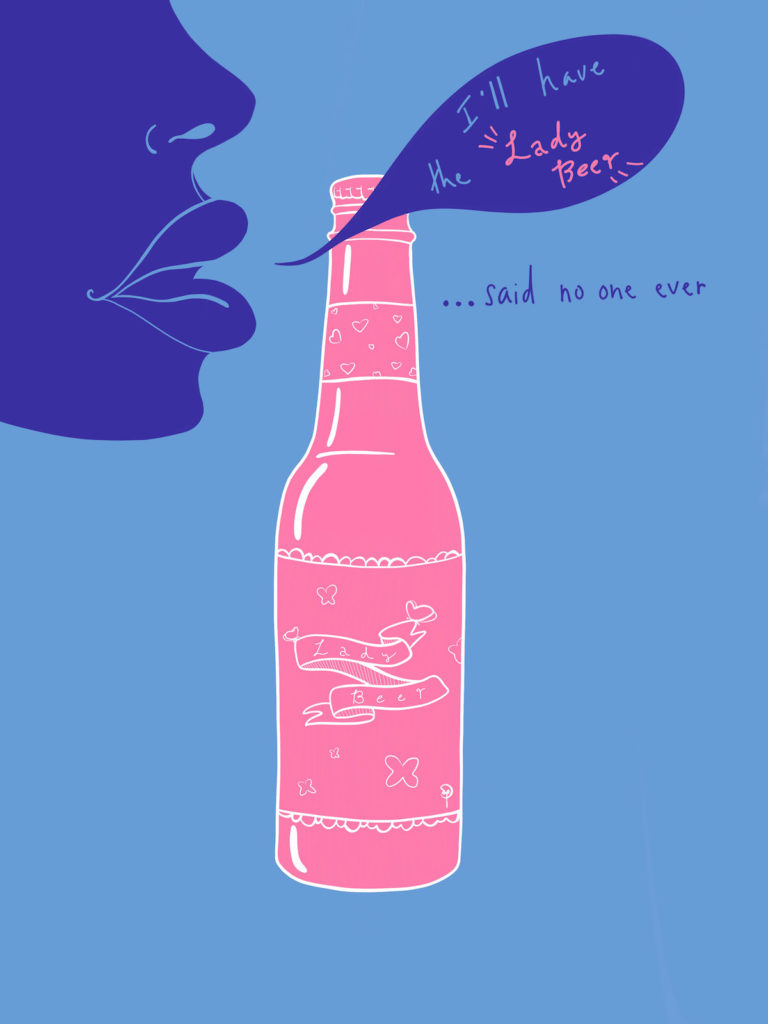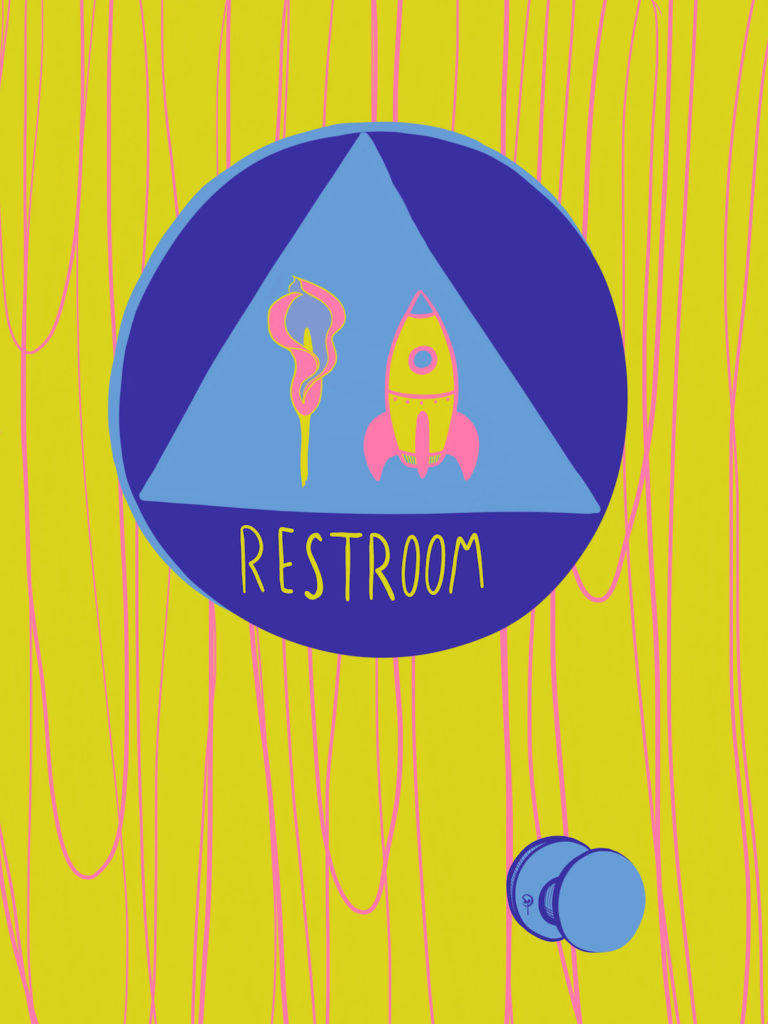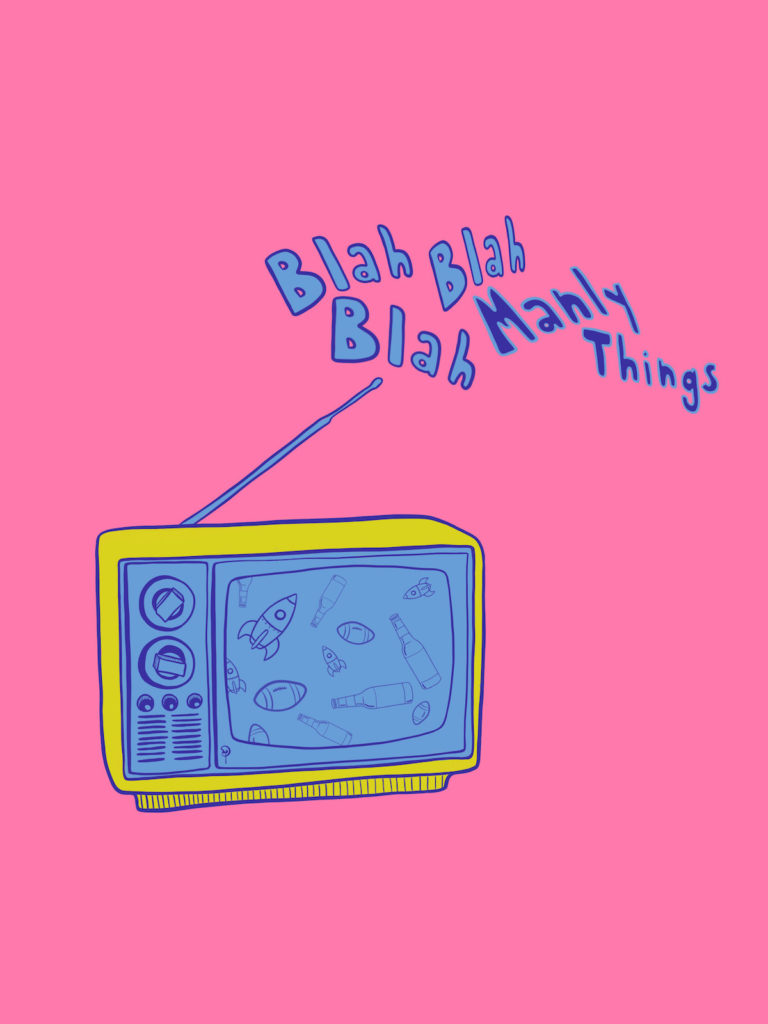Undoubtedly, diversity comes in all different forms, each of which are salient topics not to…
The Tide is Finally Turning Against Toxic Masculinity
and Advertisers Are Playing a Large Role2 February 2018
Discussions about feminism cannot exist without discussions about masculinity, so let's talk about it. Today on YEOJA Mag: toxic masculinity.
Attention men, women and non-binary readers: I may just have some good news to brighten up your day. With madmen aiming rockets at each other and politics dividing friends and families alike, it’s nice to focus on the victories.
Although there’s still some way to go until we’ve completely freed ourselves from its poisonous grasp, it seems that toxic masculinity might finally be on its way out – and believe me when I say that’s a victory in the making for all of us.
What’s surprising about the subtle changes we’ve seen towards how ‘traditional’ masculinity is portrayed is that advertisers are taking their role seriously. Yes, you read that right, advertisers i.e. the ones who have helped to perpetuate gender stereotypes since advertising became a thing. I’m as surprised as you are.
But Joe, What is Toxic Masculinity?
For anyone not in the loop on this topic, toxic masculinity is a cultural phenomenon whereby boys who have been brought up on untrue gender divides and stereotypes develop a series of attitudes and behaviours which perpetuate lies such as ‘men don’t cry’, and ‘every man should be good at sports’. Basically, every image related to ideal masculinity over the last 100 or so years.
I definitely don’t have to tell the women reading this about the effect toxic masculinity has on creating sexist mindsets and deepening the gender divide – they live by it every day. But for the guys, it’s a topic that’s simply not broached, because the subject has actually made itself uncomfortable to talk about. After all, ‘real men’ don’t show their feelings, right? Wrong.

Toys for All
Mercifully, my sister and I were largely shielded from the ridiculousness of gender stereotypes growing up. I was allowed to play dress up as the wicked witch of the west, she was allowed to play with cars; we both had a toy kitchen and a play till. Much of this came from the fact our dad, disabled by an accident, stayed at home and ran the household, whilst our mother was the breadwinner, heading out to work every day.
Recent reflections with my sister about our experience growing up made me realise the power that advertisers hold over creating those masculine ideals. They can market guns and vehicles to boys, and ensure that dolls and pink things are seen as strictly for girls. But when sales are stake, it turns out that can change on a dime.
Thanks to savvy parents amongst our generation, children are being encouraged to freely play with whatever they fancy – they’ve got their pick of the whole lot. In response, advertisers are changing tactics to fit with this new parental ideal. Banners separating so-called “boys’ toys” from “girls’ toys” are being brought down, pink is starting to return to the universal colour it used to be, and diversity is finally finding its way into toy adverts.
But what advertising for the grown man, already in the throes of masculine insecurity?

Marketing for Change
As advertising around toys has become more diverse and less divisive, the conversation around toxic masculinity has grown louder. Some (obviously) are calling out the blurring of the lines between genders as something appalling – letting little boys dress up like Elsa? Ridiculous! Child cruelty! etc. etc.
What they don’t realise, is that this very reaction is exactly what we’re talking about. Boys don’t have to like cars, sports, beer and women – there’s a whole world out there to explore, and none of it should devalue either gender.
Noting the existence of men who don’t subscribe to these traditional interests and beliefs (Shock! They exist!) has been a slow process for adult advertisers, and AXE still sits comfortably on top as a leader in the field.
Their recent ‘Find Your Magic’ campaign, for example, tapped into the market of men who don’t fit the never-crying, always-sporting, beer-drinking, beast-mode persona, encouraging a diverse audience of men to focus on something that sets them apart – be they gay, straight, tall, thin, fat, short, bearded, bald or trans*.
They then followed the campaign up with a smart, Google-query driven idea, which saw answers being provided to the numerous ‘is it OK for guys to…’ questions typed into Google’s search bar every day. Many of the questions are relatable to men who hide their feelings and concerns behind their smartphone screen, and threw some much-needed light on how the unhealthy definitions of masculinity of previous generations have rubbed off onto ours.
One of my favourites from the campaign was most definitely “is it OK for guys to do yoga?”, answered by boxer Anthony Joshua – a masculine role model – with a resounding ‘of course!’

One Victory at a Time
Yes, I started this article with positivity in a small victory, and it pays to remember at this point that they are all just small victories. AXE has made a great start, but other brands around the world continue to exacerbate the gender divide, or approach toxic masculinity with good intentions, only to make matters worse.
Take Aurosa, a Czech beer, for example. To show that women can also actually drink beer (Gasp!) they…made a beer for women. Yeah, that’s right gals: you can have your very own beer, because why would men share theirs? Unfortunately, this approach isn’t uncommon and is the result of advertisers wanting to tap into a new market without upsetting their current audience by emasculating them – the ‘Bic for Her’ fiasco in the UK was a case in point. It’s toxic masculinity in action, and it needs to stop.
Despite the world not totally rallying against unhealthy masculine ideals just yet, we can still take solace knowing that change is most definitely in the air. With male spokespeople for the likes of Soap & Glory, Cover Girl and Maybelline, and traditionally masculine brands targeting a more diverse audience of customers, it’s clear that advertisers have realised the role they are playing in sustaining poisonous masculine ideals – and that there’s more than one kind of man out there to speak to.
So, whilst their motivations maybe profit margin and public shame, I for one am just glad that they’ve realised the impact they can have. Now, about that Kendall Jenner advert…
–
Original artwork created by Olga Perelman for YEOJA Mag








